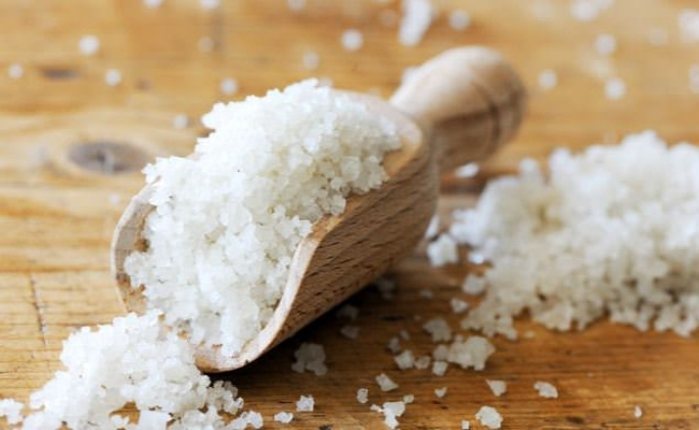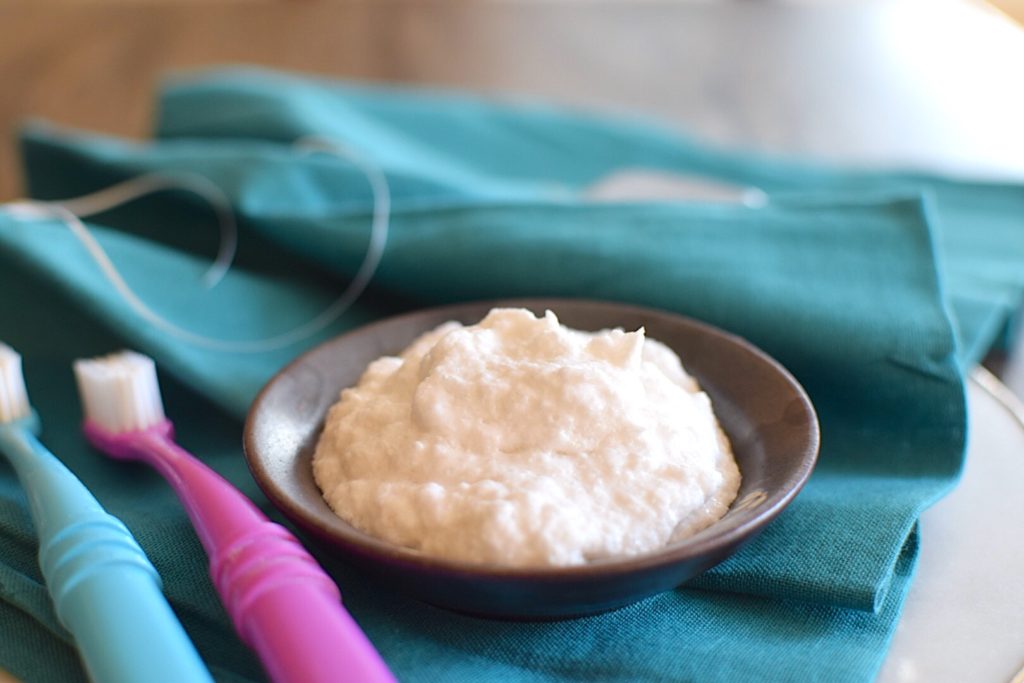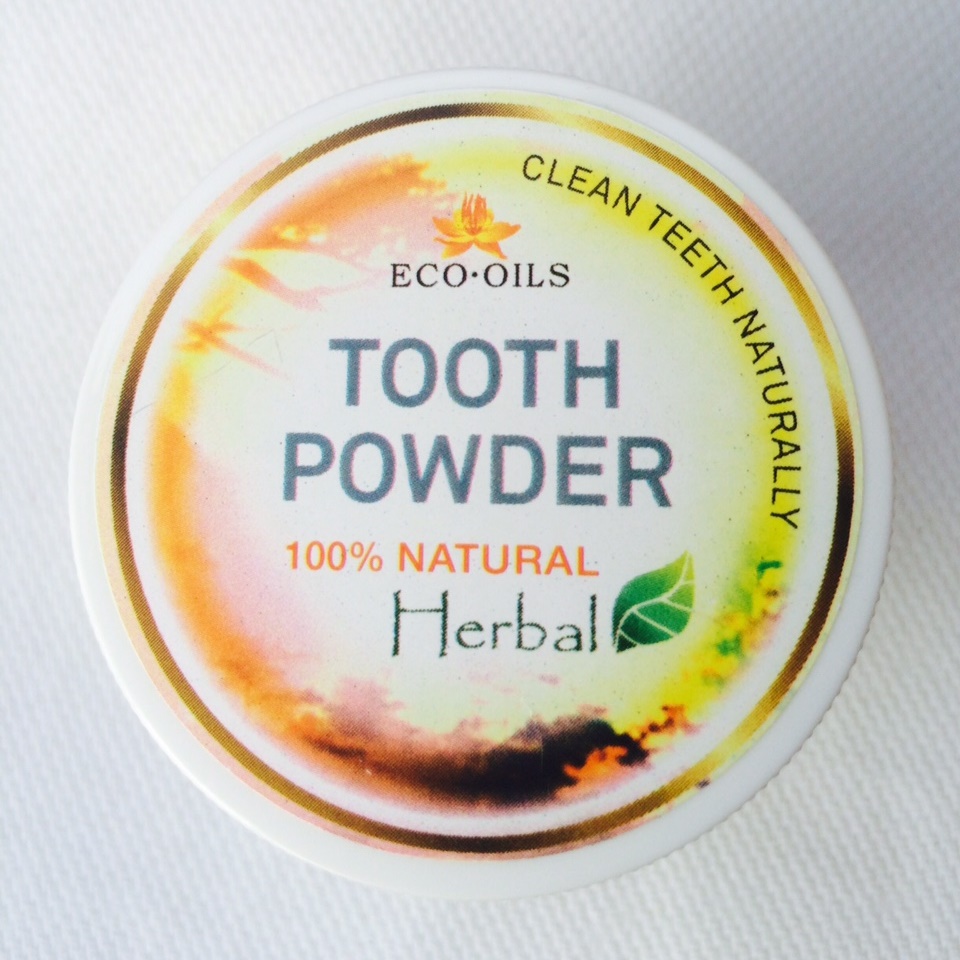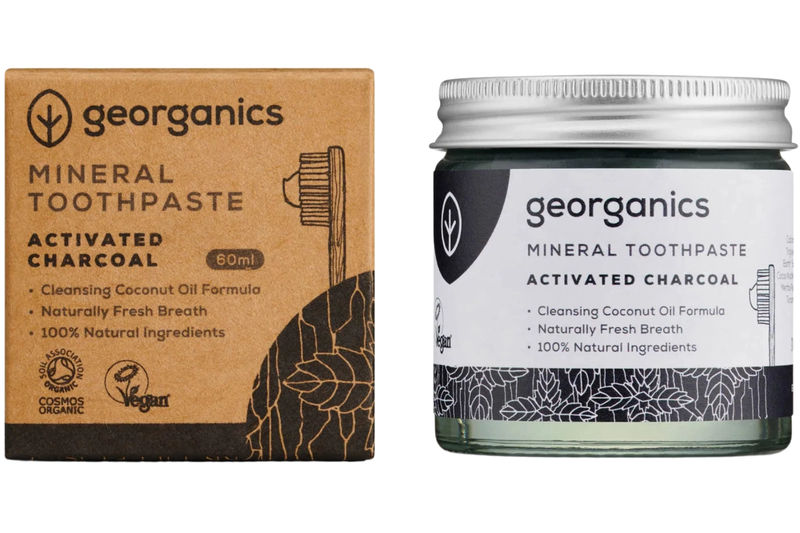Why consider a toothpaste alternative?
toothpaste alternatives have mostly gained popularity because of concerns about some ingredients in traditional toothpastes. Ingredients such as sodium lauryl sulfate (commonly used in household cleaning products) and titanium dioxide have been declared safe by toothpaste boffins, but some people just don’t like the thought of having unknown chemicals in their mouths. Even fluoride, often regarded as our teeth’s BFF, has people concerned, even though the National Institutes of Health says that you’d have to ingest a lot of it to cause any damage.
Reminder: There’s a good reason why so many traditional toothpastes contain fluoride — it really is the best thing for protecting your teeth. The American Dental Association strongly recommends using it to prevent cavities, and has declared it safe. So, if you’re unfriending your normal toothpaste, remember that you do run a higher risk of tooth decay — be extra vigilant, and step away from the sugar!
1. Baking soda
It might reduce cavity-causing bacteria! And it whitens your teeth!, Baking soda is a viable alternative to toothpaste, but if you’re prone to cavities, or not keen on the taste, it might be wise to keep it to an occasional use.
6. Herbal powders
Tooth powders might sound like something pretty recent, but this is what your ancestors were probably using in order to keep their teeth shiny. We’ve moved away from using crushed oyster shells and chalk (ew?), but head into your nearest store, and you’ll likely find tooth powders made from baking soda, charcoal, or salt. Or you can try making your own, with a drop or two of essential oils to make it taste a bit more appetizing.
And it might even be better for you than toothpaste! The more abrasive nature of the powder means that it’s a great way to dislodge plaque from your teeth. The downside? It can be a little too abrasive — and that’s why no tooth powders have currently been approved by the ADA, as it can do unintended damage to your enamel. Use with care!
7. Charcoal
Another popular alternative, charcoal, is probably the choice of your favorite wellness-obsessed celeb *coughGwynethcough.* But is it any good?
First, it’s important to note that we’re talking about charcoal-infused toothpastes here. You really don’t want to go scrubbing actual charcoal onto your teeth, because it’s abrasive as heck, gets stuck in your gums, and generally doesn’t taste super nice? But when safely contained in a toothpaste, it’s fairly fine to use — and fans claim that, contrary to logic, it’s great for whitening your teeth!
But… here comes science to be a Debbie Downer. Despite its fans, scientists haven’t found much evidence that charcoal actually whitens any better than a regular toothpaste. It can also leave little black specks and flecks in the gaps between your teeth, which is a little unsightly. So, you can use charcoal toothpaste… but it may not yield the amazing results you might’ve been expecting.
8. Cinnamon
cinnamon gives you that fresh, autumnal feeling of cleanliness in your mouth! And cinnamon is known to be anti-microbial and anti-inflammatory. Sounds like a good choice, right?
Well, kinda. There are many mainstream toothpastes which contain cinnamon, and those can be absolutely fine for you. But if you’re thinking of making your own DIY powders or pastes, cinnamon needs to be handled with care — use too much, or too frequently, and you could actually incur burns to the inside of your mouth! That’s not the kind of cinnamon challenge we’re into.
9. Clays (bentonite and kaolin)
Clay? As in, putting actual dirt on your teeth?
Yep, that’s right! Though it’s not like the clay soil you can dig up in your yard (seriously, don’t do that), and you won’t be using it in its raw form — phew! Bentonite clay is a volcanic clay, while kaolin clay is a fine substance that has been used in cosmetics for decades. The theory is that they’re both fine enough to use on your teeth. The clay granules are mildly abrasive, so they scrape the pesky plaque off your teeth, leaving you with a naturally-clean mouth. Bentonite fans even claim that the minerals contained within it help to give you a nifty detox while you brush.
However, there’s not enough research on the effects of clay yet, whether positive or negative. And there’s that all-important lack of fluoride to consider. But in time, it could prove to be an option worth trying long-term.
10. Water
If you can’t find an alternative to toothpaste that satisfies your needs, there’s always the bare-bones option of bristles and water, Some nonfans of toothpaste claim that a toothbrush is all you need. After all, many teeth cleaners are often lauded for their level of abrasiveness, which takes plaque and bacteria off the surface of your teeth. But most of the work is done by the brush itself, and not the toothpaste.
The Links
https://greatist.com/health/toothpaste-alternatives













No comments:
Post a Comment